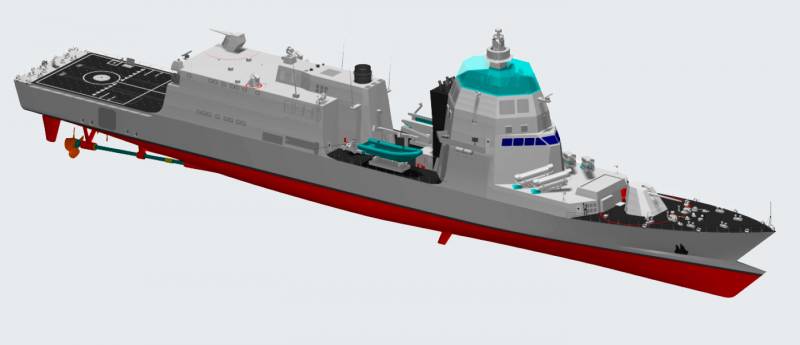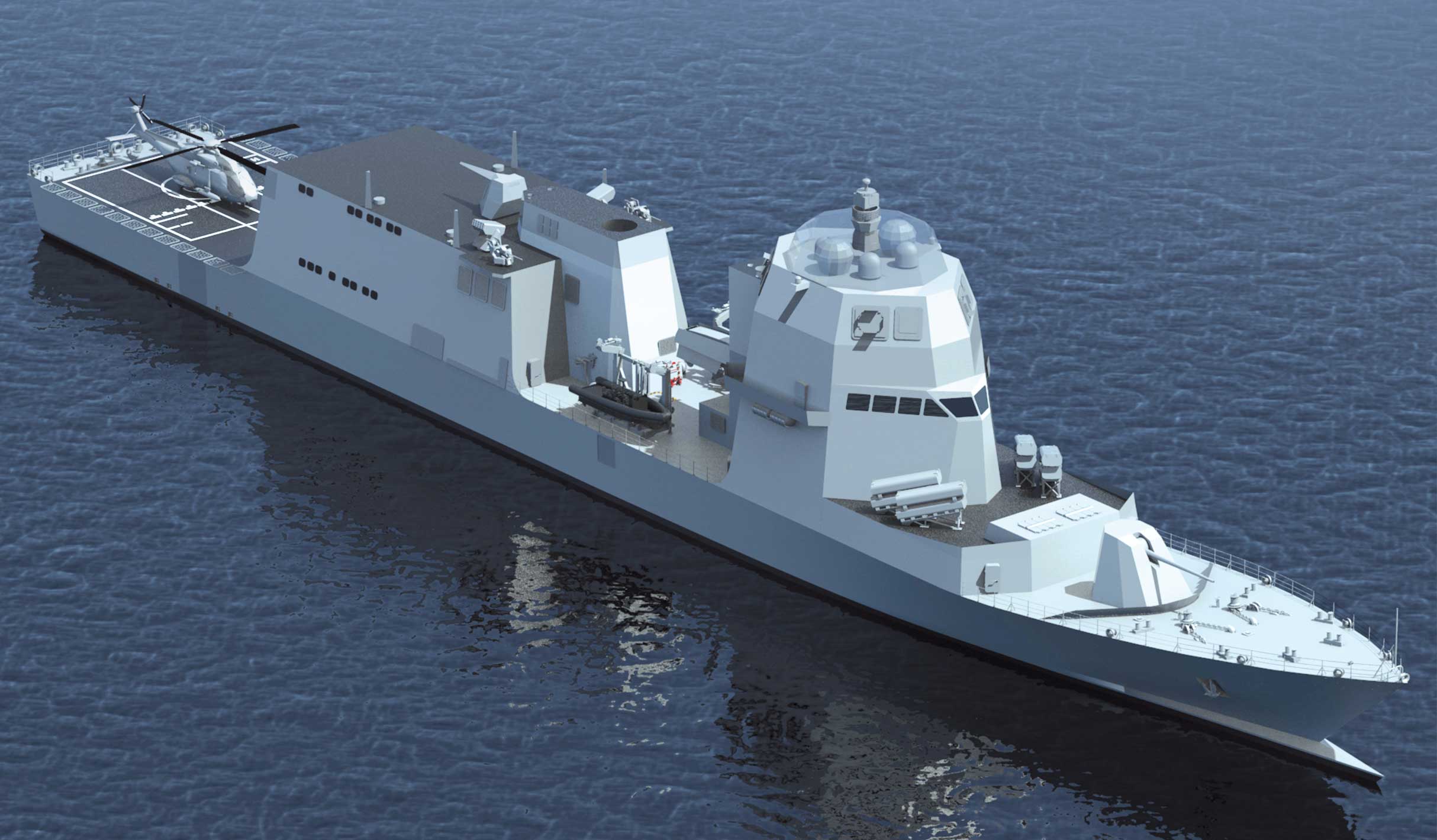
PPA or where the frigates go

Latest visualization of the PPA in the full version, i.e. fully armed and equipped. The transparent housing of the communications antennas on the roof of the bow superstructure is only to show what is hidden under it. In fact, it will be made of plastic.
The emergence of Danish logistics ships of the Absalon type, which are a hybrid of a frigate with a universal unit equipped with a large cargo deck, or the construction of the German "expeditionary" frigates Klasse F125, criticized for under-arming - despite their large size - with standard systems, in favor of equipping necessary for operations on the high seas, aroused interest and questions about the future of this class of watercraft. The Italians join the group of manufacturers of "strange" frigates.
As part of the modernization program of the Italian Marina Militare - Programma di Rinnovamento - as many as five types of new units of various classes will be built. These will be: logistics support vessel Unità di Supporto Logistico, multi-purpose landing ship Unità Anfibia Multi-ruolo, 10 multi-purpose patrol ships Pattugliatore Polivalente d'Altura and 2 high-speed multi-purpose ships Unità Navale Polifunzionale ad Alta Velocità. They have already been contracted, and some of them are under construction. The fifth type, the Cacciamine Oceanici Veloci, which is under technical consultation, is a fast ocean-going minehunter with a maximum speed of 25 knots. We are interested in the Pattugliatore Polivalente d'Altura (PPA), which only patrol by name.
One for all
At the beginning of the 2th century, the Danes made a bold decision to abandon numerous Cold War-class units - missile torpedoes and torpedo bombers, miners and even corvettes and Niels Juel submarines. Instead, the 3 Absalon mentioned at the beginning, 3 "ordinary" Iver Huitfeldt frigates and new Arctic patrol ships (hulls of XNUMX Knud Rasmussen ships made in Poland) and a number of small universal units were designed, built and put into service. Thus, a modern dual-purpose fleet was created from scratch - expeditionary and for the defense of the waters of the economic zone. These changes were, of course, backed by political approval and continued funding.
The Italians also “sacrifice” the old types of units without sentimentality. PPA patrol ships, and in fact frigates with a total displacement of up to 6000 tons, will replace a larger number of old ships, such as Durand de la Penne destroyers, Soldati frigates, Minerva-class corvettes and patrol ships Casiopea and Comandanti / Sirio. It is worth noting that the PPA classification, which is likely a political ploy to make it easier to justify these expenses, is also similar to the Danish actions - Huitfeldty was originally classified as Patruljeskibe.
PPA is a platform with high adaptability to various tasks, obtained due to its size and design features already defined in the design assumptions, allowing them to be reconfigured and select resources depending on the mission profile. Therefore, it will serve to monitor and control the maritime economic zone, supervise shipping routes, the environment and help those affected by natural disasters. The 143-meter ships will have to function both in the zone of armed conflicts and in civilian operations. The main features that characterize this dual nature of PPA are:
- detection and fight against various threats, including asymmetric ones, in the sea zone;
- act as command centers integrating military and government decision-making centers such as the Ministry of Civil Defense;
- fast response, thanks to high maximum speed, to situations that require it, such as crisis, natural disasters, saving lives at sea, with the ability to transport a significant number of people;
- high seaworthiness, allowing safe operation on the high seas, including the management of other units or the fight against piracy and interference in cases of illegal migration;
- limiting environmental impact by controlling emissions of exhaust gases and pollutants, the use of biofuels and electric motors;
- high operational flexibility due to the design that allows you to replace weapons systems and equipment supplied in container or pallet versions, while maintaining the main artillery weapons.